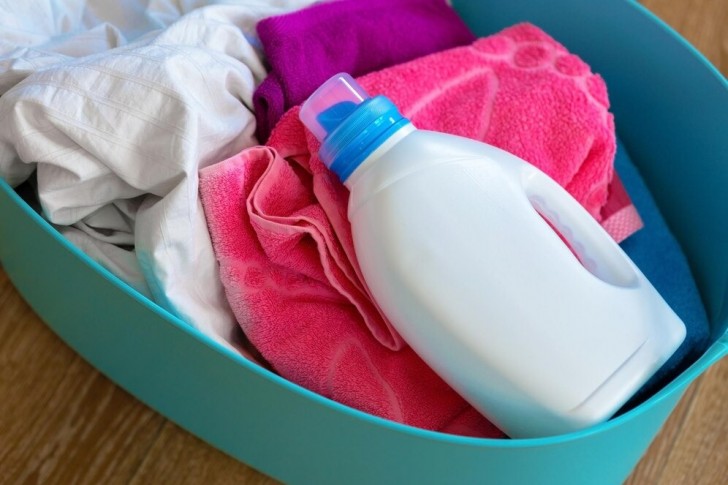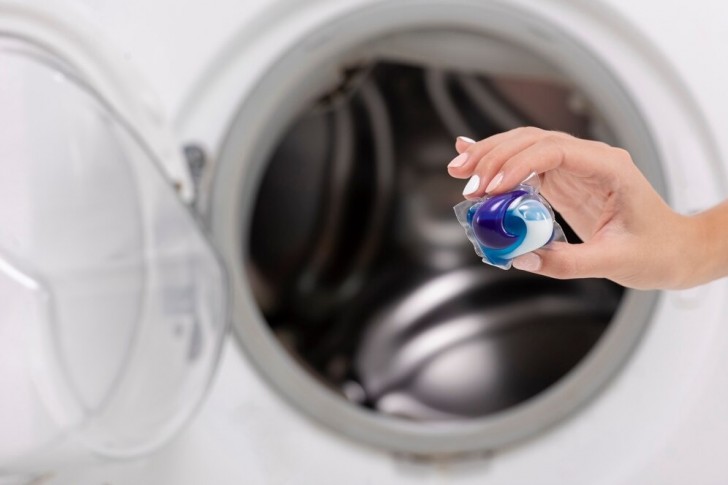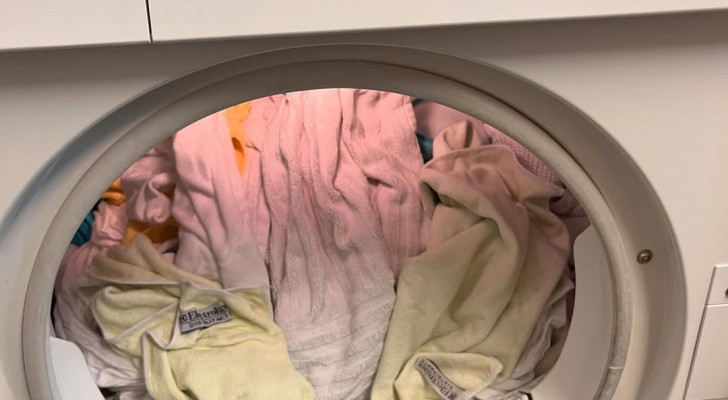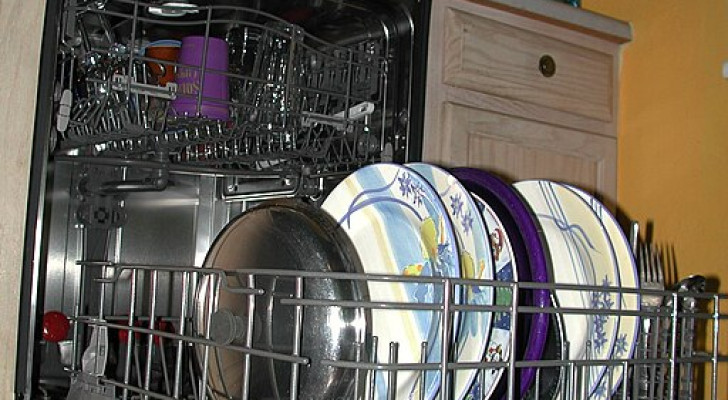The laundry: are you doing it right? Check out some common mistakes you might be making

How many times do we do the laundry "on auto-pilot", following ingrained habits but then ending up with less-than-perfect results? If this happens to you, it's because you're making some small but significant mistakes, the kind that are usually overlooked.
Interested? Well read on to find out some of the more common mistakes that people make when doing the laundry:
"The laundry doesn't seem very dirty to me, I can reduce the detergent dosage"

rawpixel.com
We all know that using too much detergent is a big mistake. Too much detergent causes an accumulation of soap between the fibers of the fabrics which is not rinsed away properly, and leads to stiff and often smelly garments coming out of the washing machine.
However, it is equally wrong to skimp on the dosage of detergent to be used. Even if the laundry doesn't seem very dirty, fabrics are impregnated with sweat, sebum secreted by our skin, dead skin cells... all substances that we may not be able to see with the naked eye but which, over time, accumulate in fibers (and which will eventually cause unpleasant odors and comprise good hygiene).
Always follow the instructions on the packaging of the products you use, as these generally tell us the minimum and maximum dosage to use under specific conditions.
"I'm in a hurry, I can do a regular load on a low temperature"

fabrikasimf/Freepik
Laundering always consists of two phases: sorting, then loading the washing machine. The former (sorting) is where mistakes can also be made:
Ensuring that clothes are washed and treated appropriately based on their fabric type, color, and care instructions is critical. The first step in sorting is often separating whites, lights, and darks. Whites are typically washed together to prevent colors from bleeding onto them, while lights and darks are grouped to minimize the risk of color transfer between garments. Delicate fabrics such as silk or lace require special attention and may need to be washed separately or placed in mesh laundry bags to protect them from damage.
Beyond color considerations, sorting also involves categorizing clothes based on fabric weight and texture. Towels and heavier items are often washed together, as are more delicate fabrics like lingerie or activewear. Sorting by fabric type helps to ensure that each garment receives the appropriate treatment, preventing damage and extending the lifespan of the clothing.
Even if we wash at low temperatures, it does not mean that there will be no color bleeding. And not to mention that when the clothes are dirty (visible or invisible), they need to be sanitized thoroughly in high-temperature washes (but always check the garment washing instructions).
"I load the washing machine first and then I put a single-dose capsule into it"

Freepik
Single-dose detergent capsules are very convenient, but did you know that it's better to put them in the drum before loading it with the wash?
Although it is true that the product contained in capsules is concentrated, it is not certain that just one is enough for large loads of very dirty clothes. Again, it's best to consult the usage instructions of your detergent. Also keep in mind that the larger the washing machine is, the more detergent you will need for a proper wash.
"I just use a little fabric softener and save on detergent - it works anyway"
Fabric softener, as the name suggests, has a very specific function, and it is not to eliminate dirt from fabrics. Indeed, if you really need to reduce the quantities of one of the two products in question, it is best to do so with the fabric softener rather than the detergent.
If we use the fabric softener correctly, it will be released into the drum during the rinse cycle and not beforehand. So, if the clothes have been washed only with water, they will not not be clean - and the softener will not be able to perform this function by default! Also, given that almost all fabric softeners are difficult to dispose of in the environment and are very polluting, it is better to use detergent instead.
Then there are other "classic" mistakes: do not overload the washing machine; do not keep clothes inside the washing machine drum for ages after the cycle is finished; descale and clean the machines filter regularly; clean out the detergent drawer and the seals frequently. But you already knew these precautions, right?





